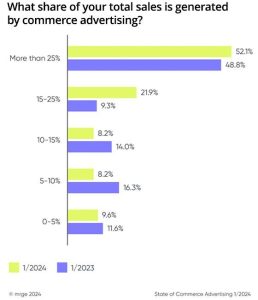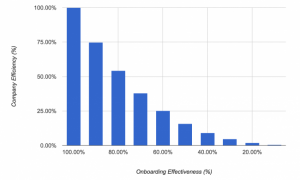by Loren McDonald, November 26,2014
As the holiday shopping season shifts into high gear, your customers are going to be sending you a veritable blizzard of signals as they interact with you via email, websites, social networks, mobile apps and customer support.
Purchases or purchase intents are major signals, but not the only ones. In fact, if that’s all you track, you could end up drawing a lot of wrong conclusions about your customers, especially now when so many purchases are for other people. Irrelevant email and off-target remarketing are just two of the hazards that can result.
Instead, think about the signals – your customers’ behavior – that will tell you the information you need to know about your customers that doesn’t come to light in shopper surveys.
Where might you detect them? What are they telling you? How might you respond to those signals to improve the customer experience?
Tracking your key signals and developing follow-up email messaging and remarketing programs can help you avoid missed opportunities and serve your customers better.
What Signals Should You Track?
Look at the obvious ones first, like these:
- Purchase
- Account registration
- Listing preferences
- Downloading information (data sheets, etc.)
- Browsing (pages, time on page, page returns)
- Cart/process abandonment
- Requesting demos
- Downloading a mobile app
- Viewing FAQs or how-to videos
- Clicking on cross-selling/upselling suggestions on product pages
- Calling/emailing your call center
Your most valuable signals will likely be more intuitive and unique to your company, though. Consider my experience when I bought a set of wine-bottle neck hangers online. It was a relatively modest purchase, money-wise, but an executive at the retailer informed me that it signaled to the company that I was likely a serious wine person.
Silence is a Signal, Too
The lack of something happening is a signal, too, as in cart or process abandonment.
I was trying to buy some items on a landscaper’s website and had no problems until I got to the checkout page. I clicked the “Pay with PayPal” button and got a 404 page instead. Whoops!
I emailed a heads-up to the company’s customer support department and received a “Thanks, we’ll let IT know” response.
My signal wasn’t just that I abandoned, but that I abandoned at the critical payment stage. That, plus my customer-support contact, could have alerted the company to put me into a remarketing program.
But this retailer – like most, I presume – apparently lacks the kind of internal integration that could have triggered a follow-up message and have increased my likelihood of completing the sale.
When Signals Conflict
Registering a preference tells you one thing about your customers, and their actual browsing or buying behavior might tell you another. But what about customers who sign up to get news about mountain bikes, but browse or buy road bikes on your website?
If you listen to just one signal, you’re missing half the picture. In this example, you might over-weight promotions and targeting toward mountain bikes at a time when your customer is actually in the market to buy a road bike.
This combination of stated preference and current behavior might also suggest that this customer has greater potential to be a high lifetime-value customer.
As the data start accumulating over the holiday period, take a fresh look at what your customers are telling you. Look for ways you can use this information in 2015 to launch or retool your email-marketing programs in ways that tell your customers you’re getting their signals loud and clear.
Until next time, take it up a notch.
(349)
Report Post





